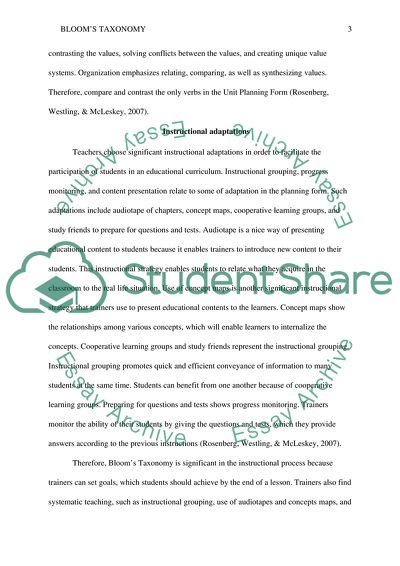Blooms Taxonomy Within a Planning Pyramid Coursework. Retrieved from https://studentshare.org/education/1596405-blooms-taxonomy-within-a-planning-pyramid
Blooms Taxonomy Within a Planning Pyramid Coursework. https://studentshare.org/education/1596405-blooms-taxonomy-within-a-planning-pyramid.


